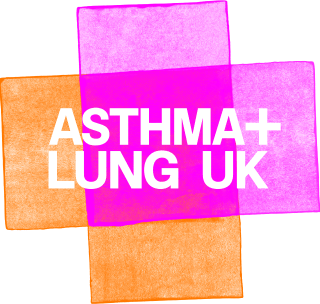The new NICE/BTS/SIGN asthma guideline has the potential to make a real difference for the 7.2 million people in the UK living with asthma, offering clarity on how to better diagnose and manage asthma, and a chance to refocus on what should be done each step of way.
The recommendation to move away from over-reliance on reliever (SABA) inhalers – a key driver of poor asthma control – and align UK guidelines with global asthma guidelines, to use combination inhalers containing an inhaled steroid and a medicine called formoterol, is particularly welcome. Although not suitable for everyone with asthma, these inhalers can be a game changer in improving asthma control and are already being prescribed by some clinicians in the UK. This specific type of combination inhaler, when taken to relieve asthma symptoms will also treat the underlying inflammation, which it what causes the asthma symptoms in the first place. SABA treatments do not do this, putting people with asthma in danger of further symptoms and life-threatening asthma attacks. But people with asthma, who may be concerned about a change to their inhalers, as well as healthcare professionals will need help navigating this change.
The guideline also recommends significant changes to the way asthma is diagnosed. Tests for asthma are good for confirming a positive diagnosis, but are not good for ruling asthma out, so tests will be offered in turn to identify a diagnosis. This change will need to be accompanied by good clinician education to ensure they can confidently and reliably work within the new diagnostic pathway.
It is very positive that the guideline acknowledges the difficulties in diagnosing asthma correctly and identifies poor access to FeNO and spirometry testing as a barrier that can block safe, good quality care. Funding must be made available to support healthcare professionals to deliver these tests and make them available for every person with suspected asthma.
For people with poorly controlled asthma, including those having a flare up or exacerbation, this guideline will provide clear instructions for healthcare professionals to understand and address what may be causing the symptoms.
There has long been a need to do better for people with asthma: asthma deaths have risen in the past decade, seven out of ten people with asthma aren’t receiving the basic care they need to stay well, while lack of access to basic tests across the nation is a barrier to diagnosis for thousands of people.
This new guideline offers hope for people with lung conditions and should improve how asthma is diagnosed, treated and managed. However, for the guideline to be effective, the government must ensure it is backed by sufficient funding to ensure services work for people with asthma and make sure the NHS workforce is upskilled in asthma care.







